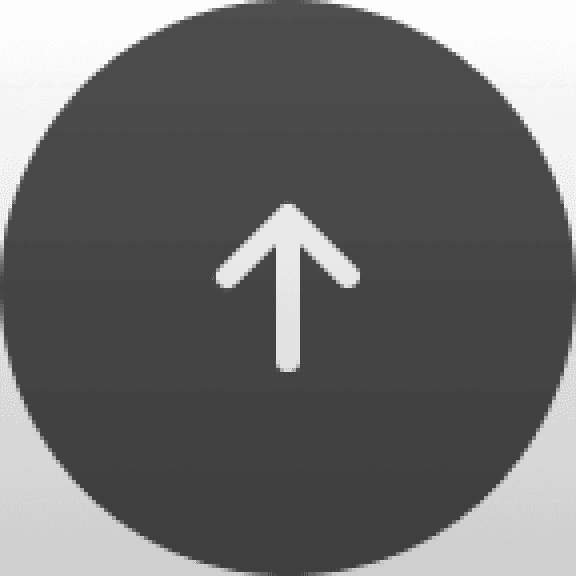CLIENT
Engineers Portal Experience
ROLES
UX Designer
UX Researcher
Project Lead
COLLABORATORS
Alan U. | Manager
Arya V. | Intern
Olivia T. | Intern
Vicki C. | Content
TIMELINE
10 weeks
OVERVIEW
I interned at JPMorgan Chase & Co as a UX Design Intern under their Design Development Program within the Global Technologies line of business. While there, I was a part of multiple projects on the Integrated Engineer's Experience Portal team. In particular, I was a UX designer and project lead for the initiative on developing the Practitioner’s Toolkit. Working closely with senior designers, developers, and PMs, we created a comprehensive, new onboarding platform for new designers to get familiar with practices used within IEEP.
So why? JPMorgan Chase & Co was experienced multiple re-organizations with the integration of agile practices. This caused employees to be shifted around different teams putting them in projects that they were unfamiliar with.
With the Practitioner’s Toolkit, designers can quickly onboard, get familiar with the project and start designing!
CONTEXT
The Practitioner’s Toolkit is a comprehensive platform on Confluence that brings together practices and tools in one place. It is also a place for senior designers to document new practices and tools, building upon already existing information.
Teams are using the Practitioner’s Toolkit to get designers onboarded on practices, tools, workflows, team information, and more.
PROBLEM FRAMING
Currently, teams within IEEP introduce or onboard new designers into projects by going through processes / workflows over a video call. This process can take up to about a week, depending on what specific workflows are being used.
With the Practitioner’s Toolkit, we can significantly reduce the amount of time needed to successfully introduce or onboard new designers by providing all the necessary tools and practices that they need to start working on the project.
Drawing on my own experiences as an intern for the Design Development Program, I found that the onboarding process for a new designer like myself could be better. The process took about a week to complete: it consisted of a combination of scheduled calls with the head organizer of the internship program, as well as calls with the different members of the team I was assigned to work with. From there, specific information about the project I needed to know was either communicated over the call or was in a document found somewhere in a team folder.
Here are all the notes I took during this process. It’s a lot. It was a lengthy process. Unintuitive even. It could be better.
DESIGNED SOLUTION
So, what changed?
With the Practitioner’s Toolkit, we wanted a comprehensive platform hosted on Confluence, designed to centralize essential practices and tools in one accessible location. Not only did we wanted complexity by giving senior designers the ability to document and share new practices and tools, but we also wanted to keep in mind the simple foundational knowledge for junior designers.
KEY FEATURES
With the Practitioner’s Toolkit, we wanted to achieve these key features:
One-Stop Knowledge Hub: The Practitioner's Toolkit consolidates a wealth of information, including best practices, tools, workflows, and team-specific insights, all in one centralized location. This eliminates the need for designers to scour multiple sources and ensures that they have everything they need at their fingertips.
Efficient Onboarding: Previously, onboarding new designers involved time-consuming video calls and a week or more of training. With the Practitioner's Toolkit, the onboarding process has been streamlined, significantly reducing the time needed to bring new designers up to speed.
User-Generated Content: Senior designers can continually update and expand the toolkit with new practices and tools. This dynamic feature ensures that the toolkit stays current and evolves along with the team's needs.
PROCESS + RATIONALE
During the research phase of the project, we knew that other teams had existing toolkits that consolidate their practices and tools. Looking at their toolkits for inspiration on how might we build a better toolkits that covered gaps we discovered in our team.
To drill down into the problem, we conducted multiple workshops that consisted of five whys, diverge and converge, importance matrixes, hills and jobs to be done.
Recalling back to some of the existing toolkits we looked at and the outcomes of our workshop, we developed a simple prototype of the Practitioner’s Toolkit. Again, we wanted this to be a knowledge hub for both senior and junior designers, make onboarding more efficient, and provide a framework for new content to be added.
CONCLUSION AND LESSONS LEARNED
Growth as a UX designer
Going into this summer as a UX Design Intern with JPMorgan Chase & Co, I hoped to delve deeper into the financial technology space as well as practice product visioning, leadership, and refinement of my design craft. And this experience provided me with that, as expected.
Communications is critical
Working on this project has also taught me how crucial communication is, when working in interdisciplinary teams. On our team, we had other interns that were from a developer background and a researcher background. During the times where I wore the project leader hat, I noticed how critical it was for work to be shared to support quick iteration. We would not have been able to move as quickly as we did had it not been for our team’s flawless communication.
Communications is critical
As I continue to develop my craft and design values, I will remember this project for how it democratizes design. By establishing a foundation or even a platform for designers in JPMorgan Chase & Co, senior and junior designers together can build a knowledge bank that everyone can access. And to me, building tools that enable these futures are what excite me as a designer.
For work inquiries or to chat with me, email me at anthonywudesign@gmail.com
Thanks for reading~







